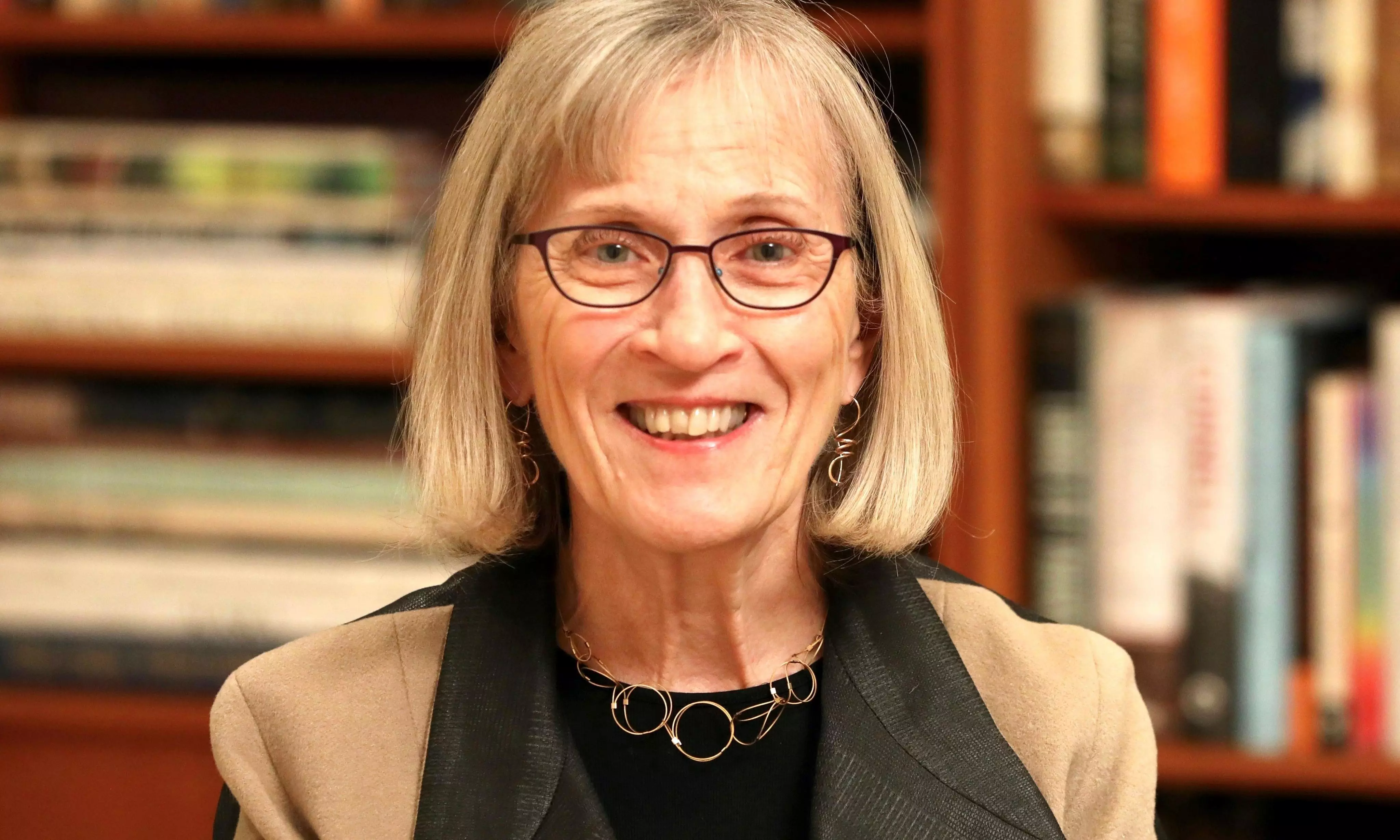
- Home
- India
- World
- Premium
- THE FEDERAL SPECIAL
- Analysis
- States
- Perspective
- Videos
- Sports
- Education
- Entertainment
- Elections
- Features
- Health
- Business
- Series
- In memoriam: Sheikh Mujibur Rahman
- Bishnoi's Men
- NEET TANGLE
- Economy Series
- Earth Day
- Kashmir’s Frozen Turbulence
- India@75
- The legend of Ramjanmabhoomi
- Liberalisation@30
- How to tame a dragon
- Celebrating biodiversity
- Farm Matters
- 50 days of solitude
- Bringing Migrants Home
- Budget 2020
- Jharkhand Votes
- The Federal Investigates
- The Federal Impact
- Vanishing Sand
- Gandhi @ 150
- Andhra Today
- Field report
- Operation Gulmarg
- Pandemic @1 Mn in India
- The Federal Year-End
- The Zero Year
- Science
- Brand studio
- Newsletter
- Elections 2024
- Events
- Home
- IndiaIndia
- World
- Analysis
- StatesStates
- PerspectivePerspective
- VideosVideos
- Sports
- Education
- Entertainment
- ElectionsElections
- Features
- Health
- BusinessBusiness
- Premium
- Loading...
Premium - Events

Empowering women to make life choices, respecting their autonomy, and men's readiness to share in household chores and care work is the way ahead
This year's Economics Nobel, awarded to a woman economic historian, Claudia Goldin, honours analytical scrutiny to questions of not just economic growth but also of sociology and of quotidian attitudes of men and women in domestic, even intimate, spaces.
We are used to being told how much higher our economic output would be if women worked on par with men, contributing value and earning as men do. The global average for labour force participation is 80 per cent for men in the workforce-eligible age group of 16-64, and 50 per cent for women.
In India, that figure is in the low 20s, about half as much as in China. India keeps company with conservative economic nations such as Pakistan and Iran, and trails even Bangladesh, where the labour force participation rate for women is 33 per cent. Goldin offers insights into what holds women back and what could be done about it.
Trends in women's work
Goldin made her mark by looking at trends in women’s work and earnings in the US over more than two centuries, some data going back 250 years. She has used various data sources to reconstruct the actual share of women in the workforce, and their earnings, reworking official data that often under-represented women.
For example, she looked at businesses that carried on after the death of the men who used to run them and found a very large number of widows who sustained what had earlier been classified as their male counterparts’ business without any role for the women. This suggested that married women had been under-represented in the conduct of their families' work and had to wait for their partners’ departure to be recognised as active workers.
When the number of widows running businesses also tapers off, it is safe to conclude that married women’s hidden work had also come down.
Labour-force participation
Rather than women’s employment going up when output goes up over the years, Godin notices a U-shaped trend for women’s labour-force participation. Before the Industrial Revolution, women used to work in large numbers, almost on par with men. But when the predominant site of work became the factory, the share of women in the labour force declined, especially of married women.
As service sector work grew in importance, women’s employment opportunities started growing again. The advent of birth control, or more specifically, women’s control over their reproduction enabled via the birth control pill, brought about a dramatic change, raising their share in the workforce sharply.
Another insight from Goldin’s work is that the share of women in the workforce goes up slowly because of the lag between the circumstances that favour women’s employment and women’s choice to invest in appropriate levels of education. If science and technology jobs open up in large numbers for women now, those vacancies can be filled only if a sufficient number of women had chosen to study science and maths some seven years ago, at least.
How education and contraceptive pill helped women
A major factor helping women decide to make investments in lifelong careers in the US was the arrival of the birth control pill. This gave women a degree of choice over when they wanted to begin a family. Since different states in the US legalised access to the pill at different points of time, Goldin was able to study the differential impact on women’s education and career investment choices in different states to arrive at a robust conclusion.
Pay parity
When cultural attitudes to women working in specific areas change for the better, women do make the right educational investments, and these fructify with a lag that reflects the time taken for that new kind of education to take place. But, of course, this does not guarantee earnings parity with men. In Europe, 60 per cent of university graduates are women, but women earn 13 per cent less than men.
This is to be blamed not so much on wage disparity based on gender, even if this happens, as on women’s withdrawal from the workforce, even if temporarily, when they start raising a family. This not just depresses earnings, but also retards career progress.
Women, motherhood and pay parity
In the Scandinavian countries, which are most conscientious with mother-friendly policies, offering liberal maternity leave and childcare facilities, women are under-represented at senior levels of corporate management. Men, who do not take a break in their careers to look after children, continue to rise through the ranks and occupy senior positions. This has, naturally, a bearing on who gets selected to the board, later. To remedy the under-representation of women on corporate boards in Europe, the European Commission issued a directive in 2022, asking member countries to ensure their listed companies have 40 per cent representation for women on non-executive boards and 30 per cent representation on boards overall.
Goldin concludes that simply investing in education would not make a difference to the rate of employment and earnings of women, after certain thresholds have been crossed. What makes a difference thereafter is changes in gender expectations on rearing a family and workplace flexibility.
Child- and aged-care
South Korea and Japan experience precipitous falls in the rate of marriage and fertility, as traditional expectations that women would continue to bear the bulk of caring for children and the aged, even as they are formally employed.
Expectations vs aspirations
Empowering women to make their own key life choices, respecting their autonomy — a catch-all phrase to cover behaviour that rules out sexual harassment, shaming over appearance, foisting unequal gender expectations in the name of hoary tradition — and readiness on the part of men to share in household chores and care work that go into reproducing families, combined with flexibility at the workplace for both men and women, and for all the genders in-between, is the way ahead, for India to reap the full benefits of its human capacity.
(TK Arun is a senior journalist based in Delhi.)
(The Federal seeks to present views and opinions from all sides of the spectrum. The information, ideas or opinions in the articles are of the author and do not necessarily reflect the views of The Federal.)


